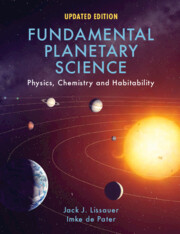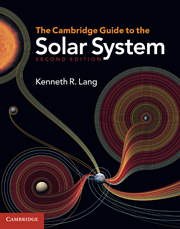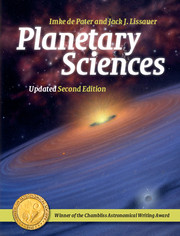Fundamental Planetary Science
A quantitative introduction to the Solar System and planetary systems science for advanced undergraduate students, this engaging textbook explains the wide variety of physical, chemical and geological processes that govern the motions and properties of planets. The authors provide an overview of our current knowledge and discuss some of the unanswered questions at the forefront of research in planetary science and astrobiology today. This updated edition contains the latest data, new references and planetary images and an extensively rewritten chapter on current research on exoplanets. The text concludes with an introduction to the fundamental properties of living organisms and the relationship that life has to its host planet. With more than 200 exercises to help students learn how to apply the concepts covered, this textbook is ideal for a one-semester or two-quarter course for undergraduate students.
- Offers a detailed discussion of the physical and chemical processes that shape planets and planetary systems
- Provides a broad-based and up-to-date introduction to planetary studies appropriate for advanced undergraduate students
- Includes hundreds of problems to help students learn how to apply the concepts covered
- The authors' previous textbook Planetary Sciences was awarded the Chambliss Prize for Writing from the American Astronomical Society
Reviews & endorsements
'This is one of the best planetary geology books I've evaluated, and will be using it for my upper division advanced planetary geology class.' Anna Crowell, University of North Dakota
Product details
July 2019Paperback
9781108411981
650 pages
245 × 188 × 29 mm
1.42kg
300 b/w illus. 32 colour illus. 200 exercises
Available
Table of Contents
- 1. Introduction
- 2. Dynamics
- 3. Physics and astrophysics
- 4. Solar heating and energy transport
- 5. Planetary atmospheres
- 6. Surfaces and interiors
- 7. Sun, solar wind and magnetic fields
- 8. Giant planets
- 9. Terrestrial planets and the moon
- 10. Planetary satellites
- 11. Meteorites
- 12. Minor planets and comets
- 13. Planetary rings
- 14. Extrasolar planets
- 15. Planet formation
- 16. Planets and life
- Index.





